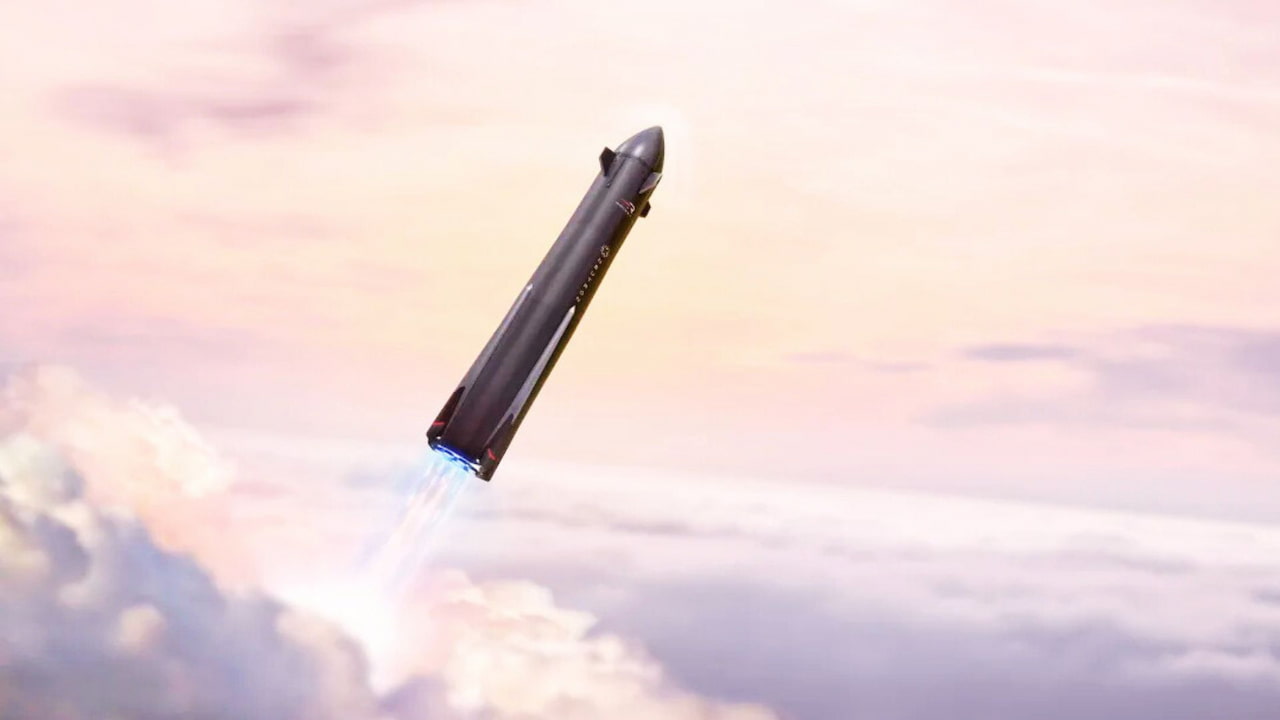NASA’s Bold New Plan: Mars Rocks Coming to Earth Sooner Than You Think
NASA is shaking up its Mars Sample Return (MSR) mission in a stunning development with the space community buzzing. This ambitious project aims to bring pieces of the Red Planet back to Earth for the first time. As a news reporter on the space beat, I can tell you this is big news, folks.
NASA just awarded a contract to Rocket Lab, a rising star in the space industry. They’re tasked with studying new ways to make the MSR mission happen faster and cheaper. This follows NASA’s picking seven other companies for similar studies in June.
So, what’s the big deal? The current MSR plan could cost a whopping $11 billion and might not deliver samples until 2040. That’s a long time to wait for some Mars rocks! But Rocket Lab thinks they can do it for way less money and get those samples back to Earth years earlier.
Here’s where it gets interesting. Rocket Lab wasn’t part of the original group chosen by NASA. However, their idea was so good that NASA brought them on board anyway. They’re getting $625,000 to flesh out their plan.
Rocket Lab is keeping most of the details under wraps, but we’ve got some juicy tidbits. They want to use their new Neutron rocket, which isn’t even built yet, to launch two spacecraft to Mars. One would be a lander with a small Mars Ascent Vehicle (MAV) rocket. The other would be an orbiter to bring the samples back to Earth.
The plan goes like this: NASA’s Perseverance rover, which is already on Mars collecting samples, would meet up with the lander. A robotic arm would grab the samples and load them into the MAV. Then, the MAV would blast off from Mars and release the samples in orbit.
The orbiter would snag them and high-tail it back to Earth. Rocket Lab says they can do all this for less than $2 billion.
That’s a fraction of the current budget. And get this – they think they could launch as soon as 2028 and have the samples back on Earth by 2033. Some of the big names in the space industry are also pitching ideas.
Blue Origin, the company started by Amazon’s Jeff Bezos, wants to use tech from their moon lander program. SpaceX, Elon Musk’s rocket company, is looking at how their massive Starship vehicle could help.
But private companies are not the only ones getting in on the action. NASA’s Jet Propulsion Laboratory and the Applied Physics Lab are also cooking up plans. They’re all trying to find ways to make the mission simpler, lighter, and cheaper.
NASA’s boss, Bill Nelson, seems pretty excited about all this. He says it’s looking “very promising” that they can do Mars Sample Return for much less money and much faster than they thought before.
Why does this matter? Getting actual pieces of Mars back to Earth would be a massive deal for science. We could study these samples with all our high-tech lab equipment here on Earth. This could help us understand if Mars ever had life and teach us about the planet’s history.
It’s not just about science, though. This mission could pave the way for future Mars exploration, maybe even human missions to the Red Planet. And by finding ways to do it cheaper and faster, NASA could free up money for other exciting space projects.
So, keep your eyes on the sky, space fans. We might see Mars rocks in Earth labs sooner than we ever thought possible. This is a new era of space exploration, and it’s happening right before our eyes.
